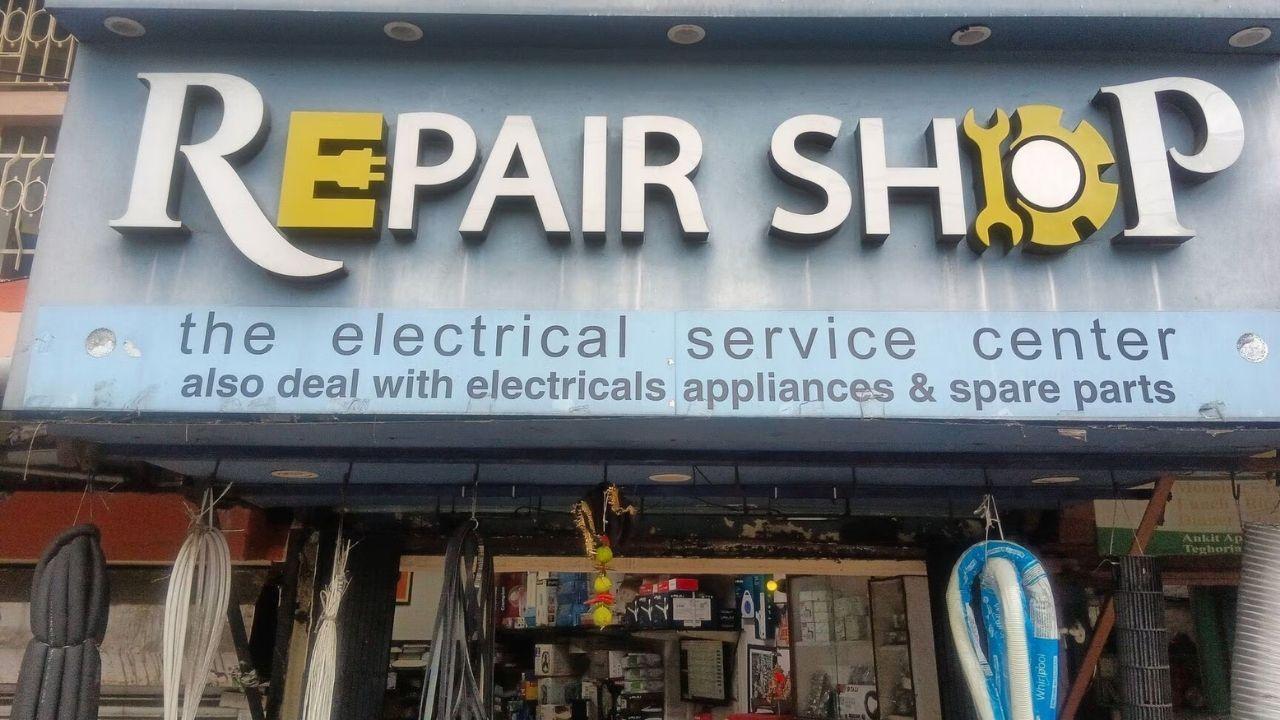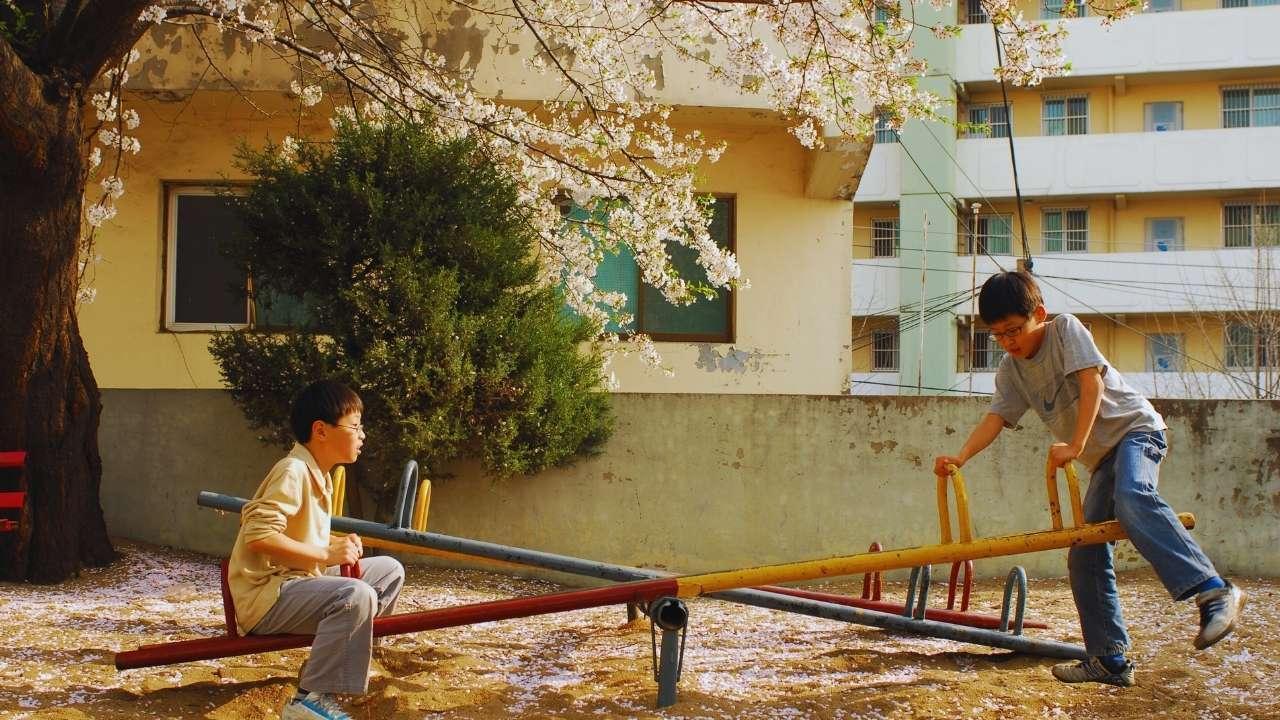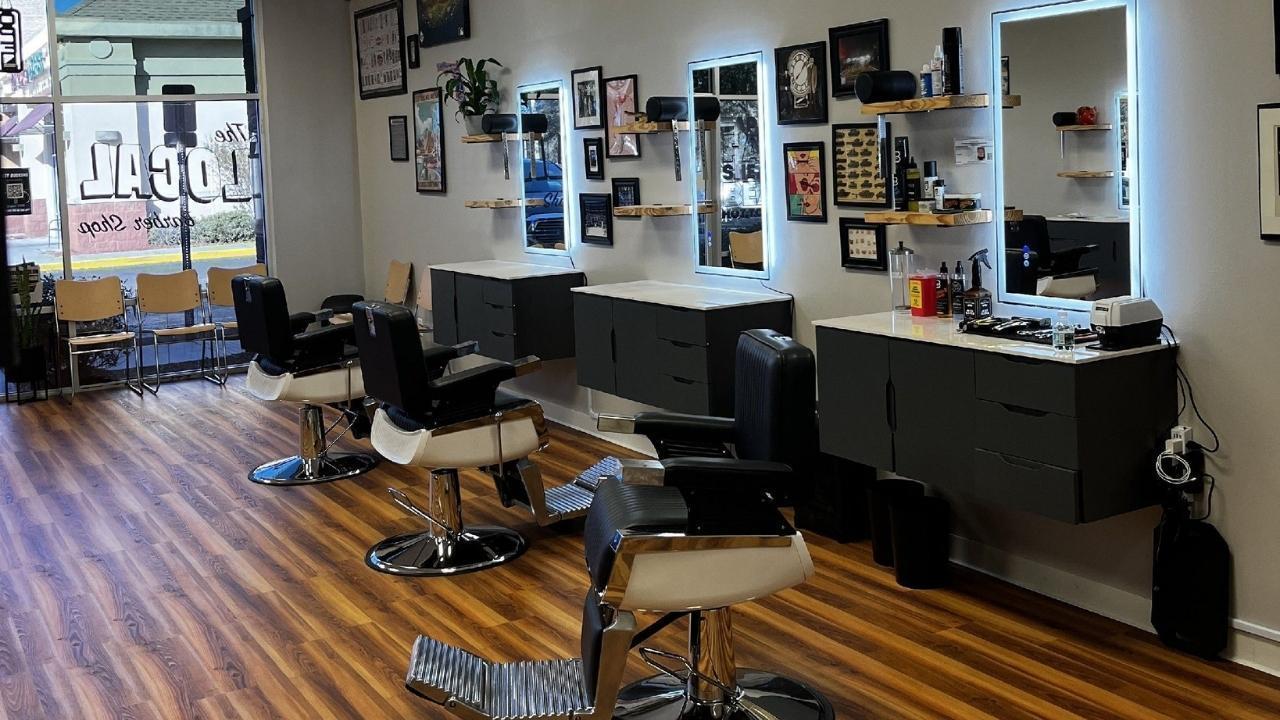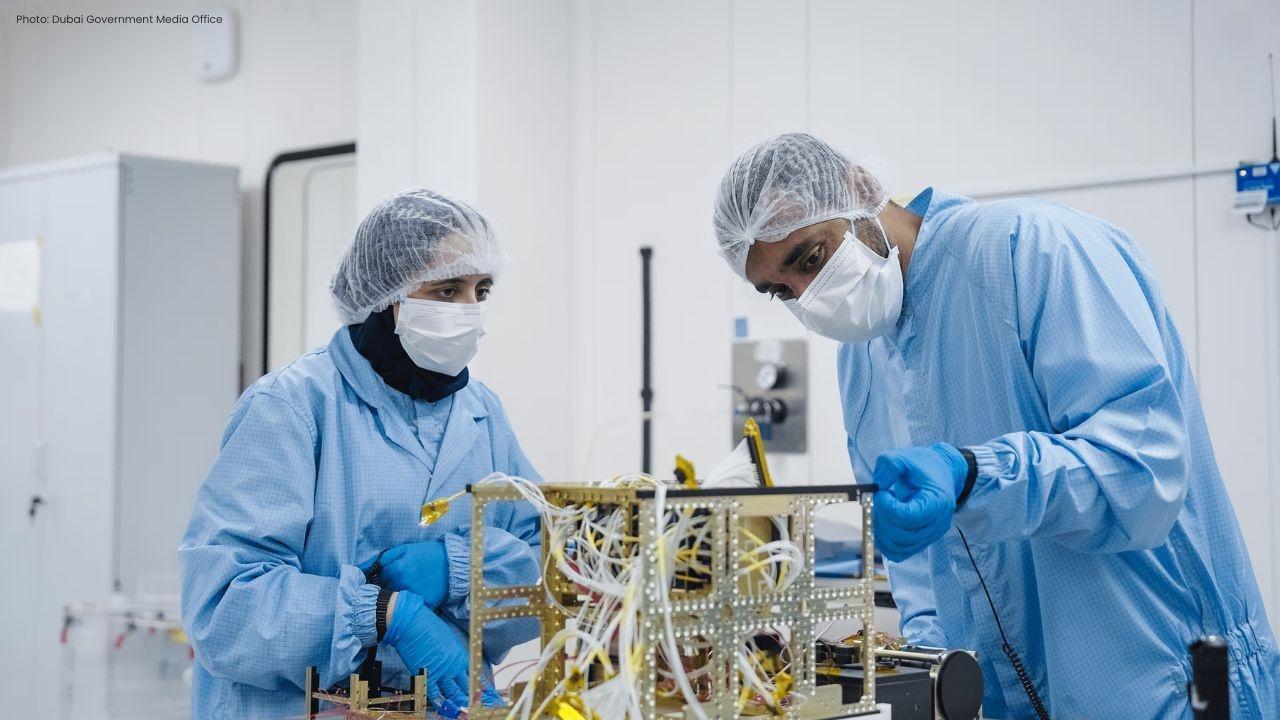
Join 10k+ people to get notified about new posts, news and tips.
Do not worry we don't spam!

Post by : Anis Farhan
For years, modern consumer culture moved in only one direction: buy, use, discard, repeat. Products became cheaper, mass-produced and easier to replace than repair. This pushed local repair shops—once common in every neighbourhood—toward decline. But in the past few seasons, something interesting has happened: repair shops are reappearing as meaningful parts of local life.
From electronics to clothes, footwear, watches, bicycles and home appliances, local repair professionals are seeing more footfall than they have in years. Urban residents, especially younger ones, are rediscovering the value of repair—not just as a service, but as a philosophy.
The comeback is surprising only if we imagine repair as an outdated habit. In reality, the revival is strongly linked to shifting economic pressures, sustainability trends, emotional attachment and the desire for authenticity.
While disposable culture dominated for decades, cracks in the system are now visible—social, environmental and financial.
Many items that were once affordable to replace have become expensive. Electronic devices, shoes, small home appliances, handbags and clothing often cost significantly more today, pushing people to reconsider repair as the more economical choice.
Discarding products contributes to overflowing landfills and excessive waste. Repairing an item is increasingly seen as an eco-friendly decision rooted in responsible consumption.
People are tired of products that break easily. Even mass consumers now look for items that last longer—which naturally pairs well with repair culture.
From favourite shoes to heirloom watches, more people value sentimental belongings and prefer repairing them instead of replacing.
The minimalist lifestyle emphasises owning fewer things and valuing what you have. Repair fits perfectly into this mindset.
This shift has opened the door for local repair shops to regain relevance—and demand.
While the soul of repair shops remains traditional, their functioning is evolving. Today’s repair shops are not dusty, outdated spaces—they are adapting to new materials, modern designs and the expectations of younger customers.
Repair professionals have learned:
Modern stitching techniques
Cable and circuitry repair for gadgets
Shoe sole replacements for newer materials
Zip and fabric fixes for contemporary clothing
Battery and strap replacements for new-age watches
Today’s repair shops often use:
Advanced sewing machines
Precision screwdrivers
Heat guns and glue guns
Diagnostic tools for electronics
Durable adhesives and stitching options
Many repair shops now emphasise:
A clean workspace
Quick turnarounds
Visible pricing
Customer-friendly interactions
This gives customers more confidence, especially younger generations unfamiliar with the old repair ecosystem.
Across neighbourhoods, repair-based businesses are once again becoming part of everyday life.
Footwear is one of the most repaired items today. Instead of replacing expensive sneakers or leather shoes, many consumers prefer:
Sole replacement
Stitch repair
Strap fixing
Surface cleaning and polish
Cobblers have adapted with new materials and improved techniques.
Phone screens, chargers, earphones, adapters, small appliances and small gadgets often get repaired within hours. With device prices rising, repair shops have become essential for budget-conscious customers.
Rather than buying new clothes, residents now bring:
Jeans for tapering
Shirts for resizing
Zippers for replacement
Dresses for restyling
Trousers for hemming
Alterations are cheaper and more satisfying than shopping again.
Battery replacements, strap changes and mechanical adjustments keep legacy watches running—especially sentimental ones.
Local repair spaces for bicycles, scooters and e-bikes keep urban mobility affordable and accessible.
These shops serve as a reminder that not everything needs to be replaced.
Repair shops are more than service providers—they are woven into community culture.
Many residents prefer repair by someone who knows their needs, remembers their previous items and understands their preferences.
Repair shops within residential areas foster a sense of belonging. It’s easy to drop off items after work or during errands.
These shops encourage:
Small conversations
Advice exchange
Familiar faces
A sense of neighbourhood identity
In an increasingly digital world, this human element is powerful.
Surprisingly, Gen Z and young millennials are key contributors to the repair comeback.
They value sustainability
They dislike waste
They embrace vintage and reused fashion
They prefer handmade or customised items
They enjoy personalisation
They value stories behind objects
Social media trends such as thrifting, slow fashion, upcycling and minimalism make repair feel modern and relevant—not outdated.
Younger residents experiment with:
Fixing buttons
Mending clothes
Upcycling jeans
Repainting objects
Repairing electronics through tutorials
This interest strengthens the larger repair ecosystem.
The cost of living has risen everywhere. This pushes people toward cost-efficient choices.
Instead of buying:
A new pair of shoes
Another gadget
A fresh garment
People choose repair as a way to stretch the life of what they already own. The difference in price between repairing and replacing can be significant, encouraging more footfall at local shops.
For many adults, repair culture brings back memories of earlier years—when a neighbourhood cobbler, tailor or electrician was part of everyday routine. This emotional layer plays a subtle role in their return.
Appreciation of craftsmanship
Connection with simpler times
Value for everyday skills
Recognition of local talent
Repair shops stand as reminders of a time when things were built to last and valued beyond just their store shelf life.
Environmental awareness is one of the strongest forces driving the repair movement.
Reduces landfill waste
Lowers carbon footprint
Supports resource conservation
Encourages mindful consumption
Keeps items in circulation longer
Local repair shops become micro-centres of sustainability in neighbourhoods.
Despite their revival, several hurdles remain.
Cheap replacements sometimes undercut the value of repair.
Small shops struggle with high urban rentals.
Repair workers rarely receive the respect given to professionals in modern industries.
Many shops still depend on walk-ins and lack online visibility.
Some brands deliberately make repair difficult by limiting parts and tools.
Yet, despite these obstacles, the demand for repair is growing.
Modern repair businesses are adopting new strategies.
Some repair workers now use:
Social media
WhatsApp business accounts
Online reviews
Digital payments
Shops specialise in:
Leather care
High-end sneaker cleaning
Rare watch repair
Advanced gadget fixing
For bicycles, home appliances or electronics, local shops offer maintenance plans.
Some repair professionals teach simple repair skills, attracting younger audiences.
These adaptations help repair culture feel fresher and more relevant.
The return of repair shops signals deeper lifestyle and cultural changes.
Quantity to quality
Consumption to conservation
Replacement to revival
Convenience to value
Isolation to community interaction
Repair culture promotes patience, craftsmanship, connection and responsibility—qualities increasingly valuable in a fast-paced world.
Local repair shops are making a meaningful comeback because people are rethinking the relationship between themselves and the things they own. In a throwaway era, the decision to repair rather than replace is more than frugality—it’s a statement. It reflects environmental consciousness, emotional value, cultural identity and financial awareness.
Repair shops add life to neighbourhoods, support sustainable lifestyles and preserve traditional skills. Their survival is a positive sign that communities still value craft, trust and human connection. As the world rebalances consumption habits, repair culture will continue thriving—and local repair shops will remain essential pillars of everyday life.
This article is for editorial and informational purposes only. Repair practices, costs and cultural habits vary by region. Readers should evaluate their own community resources and individual needs before making decisions.










Rashmika and Vijay: A Journey of Love and Support
Vijay and Rashmika charm fans with their romance, as she shares insights on love and relationships a

Abu Dhabi Welcomes Round Two of the Formula 4 Powerboat Championship
The UAE's Formula 4 Powerboat Championship returns to Abu Dhabi Corniche, featuring local and intern

India A Set to Challenge Oman in Asia Cup Rising Stars 2025
India A gears up to face Oman in the Asia Cup Rising Stars 2025, seeking to recover after a previous

Keisuke Honda Optimistic About Japan's 2026 World Cup Chances
Keisuke Honda is confident that Japan's talented team can make a deep run in the 2026 World Cup, aim

Koeman Commends Netherlands Team Ahead of 2026 World Cup
Ronald Koeman celebrates the Netherlands team's 4-0 victory over Lithuania, praising the squad's dep

Tuchel Aims to Reintegrate England Stars Ahead of World Cup
England manager Tuchel will reach out to dropped players like Alexander-Arnold and Bellingham, aidin